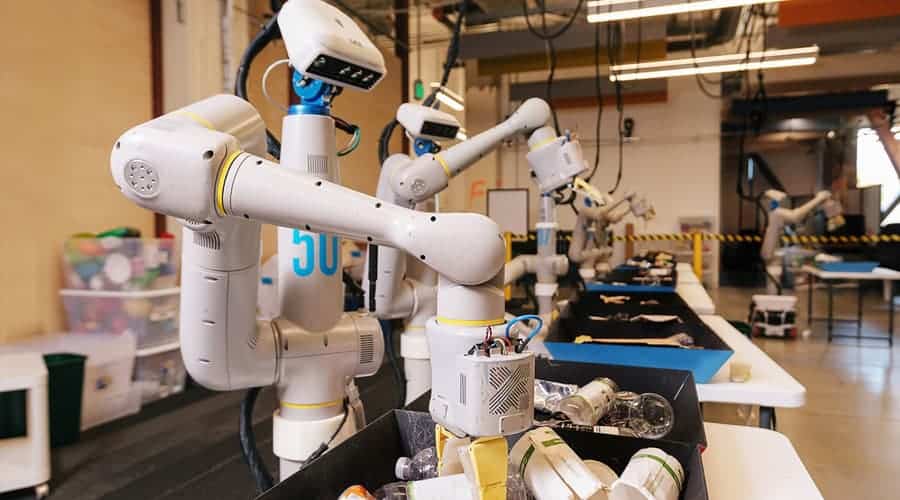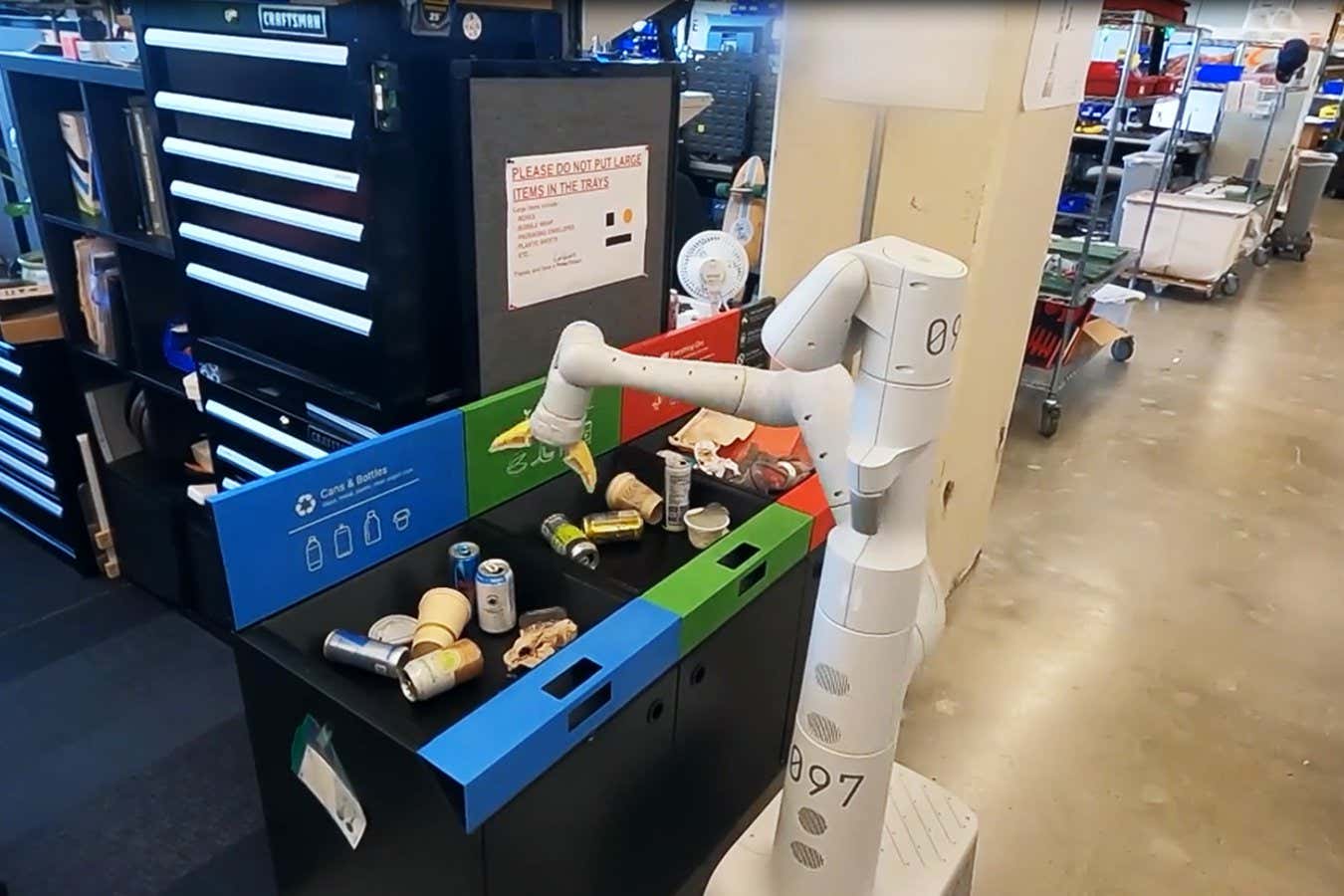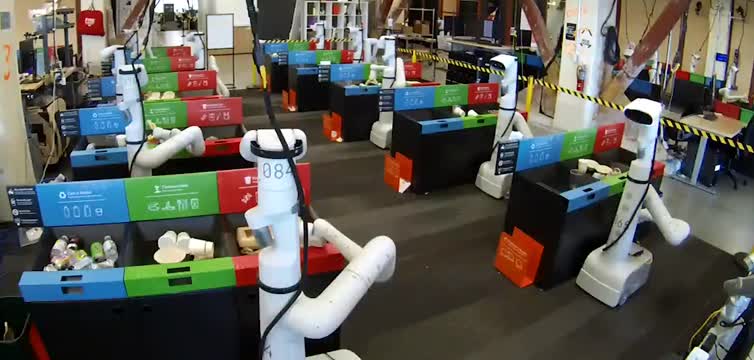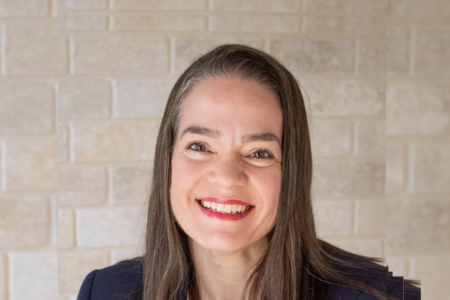
Introduction
The role of robotics in waste sorting and recycling has gained significant attention in recent years. As the world grapples with increasing amounts of waste and the need for sustainable waste management solutions, robotics offers a promising avenue for improving efficiency and accuracy in waste sorting processes. This article explores the historical background of waste sorting and recycling, provides key definitions and concepts, discusses the benefits and implementation of robotics in waste management, presents case studies and examples, analyzes current trends and developments, addresses challenges and controversies, speculates on the future outlook, and concludes with a summary of the main points discussed.
Historical Background
Waste sorting and recycling practices have evolved over time in response to growing environmental concerns and the need for resource conservation. In the past, manual sorting was the predominant method used, but as waste volumes increased, more efficient technologies were sought. Efforts were made to automate waste sorting through the use of conveyor belts and mechanical waste separation techniques. However, these early technologies were limited in their ability to accurately sort different types of waste.
Key Concepts and Definitions
Waste sorting refers to the process of separating and categorizing different types of waste materials for recycling or disposal. Recycling, on the other hand, involves converting waste materials into reusable products or raw materials. The concept of robotics in waste sorting and recycling involves the use of robotic systems, artificial intelligence (AI), and machine learning algorithms to automate and improve waste sorting processes. Artificial intelligence refers to the development of computer systems that can perform tasks that typically require human intelligence, while machine learning involves training computer systems to learn and improve from experience without explicit programming.

Main Discussion Points
The benefits of using robotics in waste sorting and recycling
The integration of robotics in waste sorting and recycling brings several benefits. Firstly, it increases efficiency and accuracy in sorting waste by utilizing advanced technologies that can identify and categorize different types of waste materials. This leads to improved recycling rates and resource recovery. Secondly, robotics reduces labor costs and improves worker safety by automating physically demanding and potentially hazardous tasks. Lastly, it enhances the overall waste management process by optimizing resource allocation and minimizing errors.
How robotics are being implemented in waste sorting and recycling
Robotic arms and sorting systems are being implemented in recycling facilities to automate the sorting process. These systems use sensors and AI technologies to identify and separate different types of waste materials. Additionally, automated sorting algorithms and machine learning techniques are being employed to improve the accuracy of waste sorting. Furthermore, integration of sensors and AI technologies enables waste identification and sorting in real-time, leading to increased efficiency and precision.
Potential challenges and limitations of robotics in waste sorting and recycling
While robotics offers numerous benefits, there are also potential challenges and limitations. The cost and investment required for implementing robotic systems can be significant, especially for smaller waste management facilities. Technical limitations and reliability issues may arise, as robotic systems may encounter difficulties in accurately identifying and sorting certain types of waste materials. Additionally, there are concerns about the potential impact on employment in the waste management industry, as automation may reduce the need for manual labor.

Case Studies or Examples
Provide real-world examples of robotics in waste sorting and recycling
One case study involves a recycling facility that implemented robotic systems for waste sorting. The facility experienced significant improvements in sorting efficiency and accuracy, leading to increased recycling rates. Another example is a municipality that introduced robotic waste sorting technologies, resulting in enhanced waste management practices and reduced contamination in recycling streams.
Current Trends or Developments
Recent trends in the use of robotics for waste sorting and recycling include advancements in AI and machine learning algorithms, which improve the capability of robotic systems to accurately identify and sort waste materials. Researchers are also exploring the integration of robotics with other technologies, such as computer vision and deep learning, to further enhance waste sorting processes.
Challenges or Controversies
The use of robotics in waste sorting and recycling is not without challenges and controversies. Some argue that the high cost of implementing robotic systems may outweigh the benefits, especially for smaller waste management facilities. There are also concerns about potential job losses in the industry due to automation. However, proponents believe that robotics can create new employment opportunities and improve overall waste management practices.

Future Outlook
The future implications for the role of robotics in waste sorting and recycling are promising. Advancements in technology and ongoing research are expected to address the current limitations and challenges. Innovations such as collaborative robots and improved sensor technologies may further enhance waste management practices, resulting in increased recycling rates and reduced environmental impact.
Conclusion
In conclusion, the role of robotics in waste sorting and recycling offers numerous benefits, including increased efficiency, improved accuracy, and enhanced worker safety. The implementation of robotic systems in recycling facilities has shown promising results, leading to higher recycling rates and optimized waste management processes. However, there are challenges and controversies that need to be addressed, such as cost considerations and potential job displacement. Despite these challenges, the future outlook for robotics in waste sorting and recycling is optimistic, with advancements and innovations expected to further enhance waste management practices.




